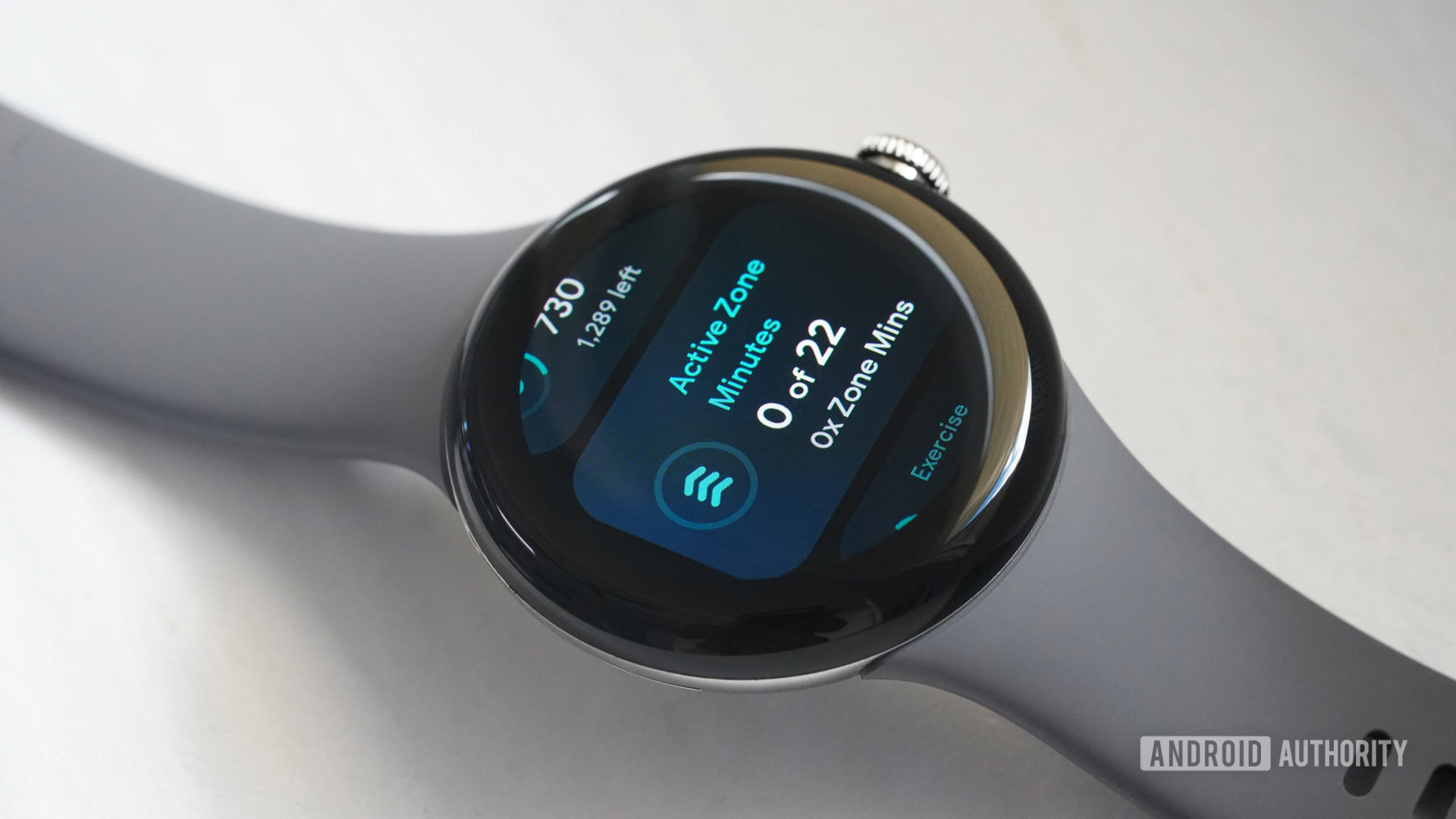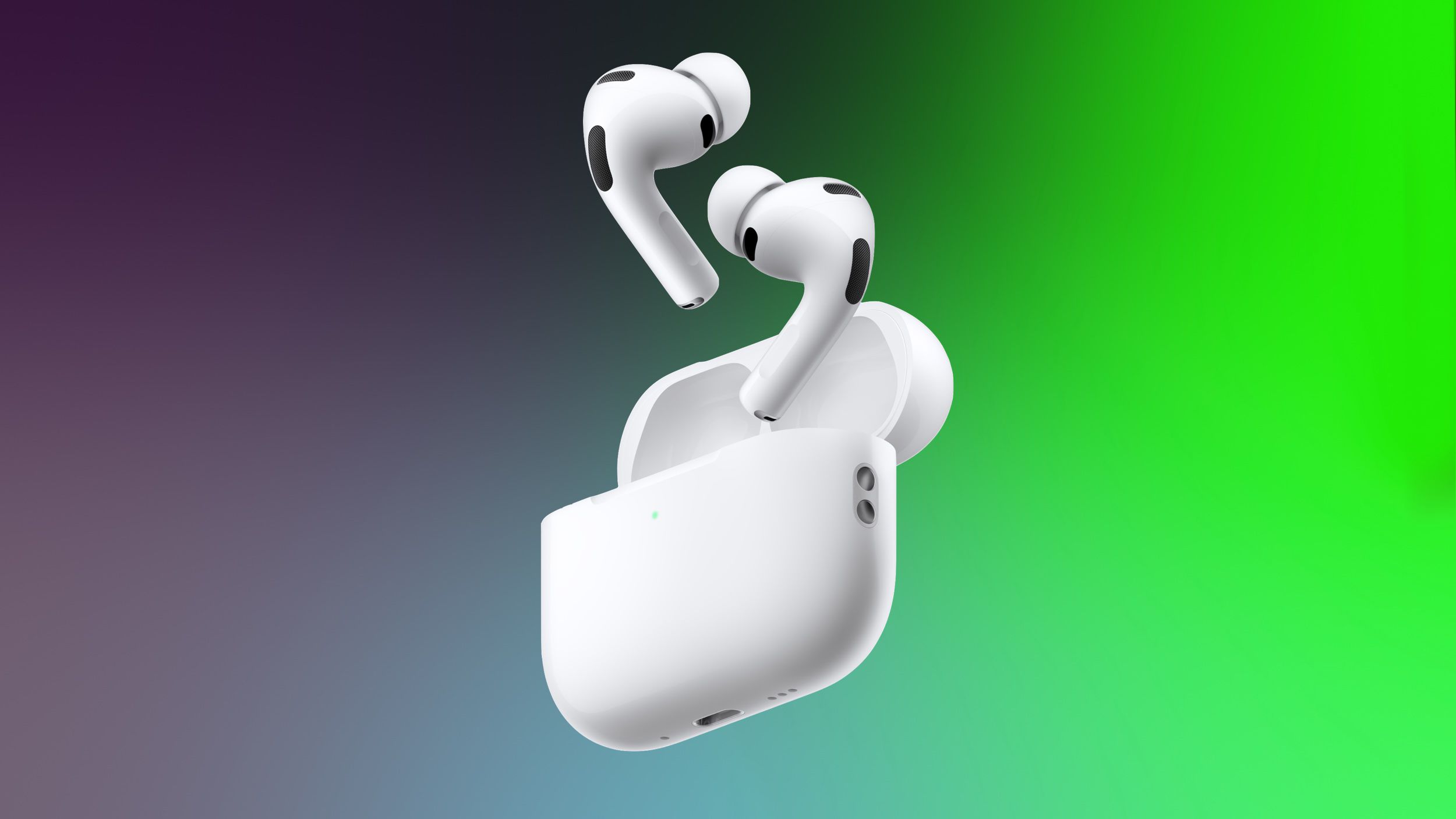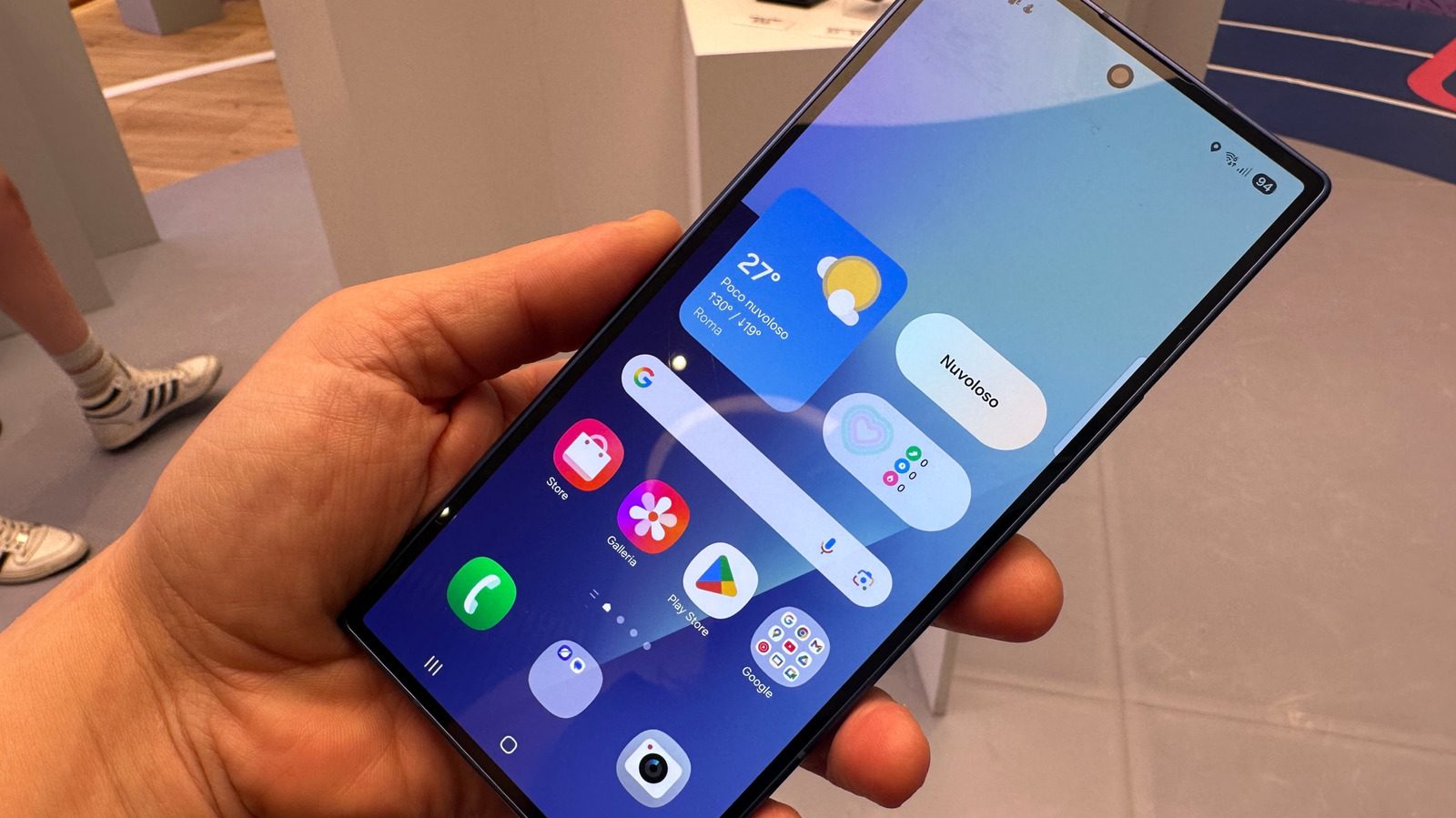Kaitlyn Cimino / Android Authority
Google unveiled the new and improved Pixel Watch 4, yet one of my long-standing asks remains unanswered: true multi-device support. With AI coaching arriving in October, I’d love to see Fitbit allow more than one active device per user. When brands like Garmin and Apple handle this seamlessly, its absence is starting to feel less like an oversight and more like a conscious trade-off.
If you could use a Fitbit along with the Pixel Watch, would you do that?
963 votes
Flexibility still missing

Kaitlyn Cimino / Android Authority
This isn’t a new complaint. We’ve been griping about it in Slack at Android Authority, and on the site, for a while. The Fitbit app doesn’t allow multiple devices to be active simultaneously. Try to rotate between two Fitbits and you’re left playing musical chairs, unpairing, switching, and resetting the active device every time. It’s clunky, and it undercuts the freedom competitors increasingly offer.
Garmin specifically manages multi-device use flawlessly. I can keep all my staple watches signed in and synced and change into whichever fits my needs with a tap. Apple, too, automatically keeps up when I flip-flop between my Ultra 2 and Series 10. Fitbit loyalists will remember that it used to be easy to rotate between the brand’s wearables as well, but that support has been missing for years now.
I want the flexibility to swap seamlessly between my Fitbit-based smartwatches and trackers.
Google’s new Gemini-built AI health coach is the headline Fitbit upgrade this fall, promising proactive, context-aware guidance across sleep, training, and recovery. It’s slated to land in the newly redesigned Fitbit app in October. Yet the strength of the coach hinges on continuous data. As long as Fitbit still limits me to one enabled device at a time, my personal coach risks missing chapters of the story it’s supposed to tell.
Readiness scores, sleep insights, and training plans improve with continuous biometrics, not gaps from manual device switches or going sans-device because your watch died at bedtime. True multi-device support would let Fitbit follow me day and night without missing a beat. I could wear the Pixel Watch 4 when I want a full-featured smartwatch, then switch to a Charge 6 when I want something subtler, with all my measurements syncing in the background.

Rita El Khoury / Android Authority
I could also alternate between devices to maximize battery life, or keep my stats tracking while my daily driver charges. Fortunately, Google is promising better battery life on the Pixel Watch 4, and those gains should (hopefully) make mid-day swaps less necessary. The Pixel Watch 4 also ships with a new charging setup that claims up to 15 hours of use from a 15-minute top-up, so users should spend less time tethered to an outlet.
Still, there are also moments when I simply want something smaller and worry-free on my wrist. I’ll never not be wary of the Pixel Watch 4’s domed display during yard work, beach days, or contact-heavy workouts, and I like having the option to throw on my much cheaper, less-shatterable Inspire 3 for those times. At the risk of sounding spoiled, I’d also love the option to rotate between my Pixel Watch 3 and 4 to keep the newer model pristine.

Kaitlyn Cimino / Android Authority
Google Pixel Watch
I’ve been covering Fitbit’s account transition and ecosystem shifts for years. The latest deadline for users to migrate to Google Accounts is February 2, 2026, to keep their data. If we’re all living under one Google roof anyway, now is the perfect time to modernize the account model and allow multiple Fitbit devices to be active, signed in, and syncing at once.
Thank you for being part of our community. Read our Comment Policy before posting.







